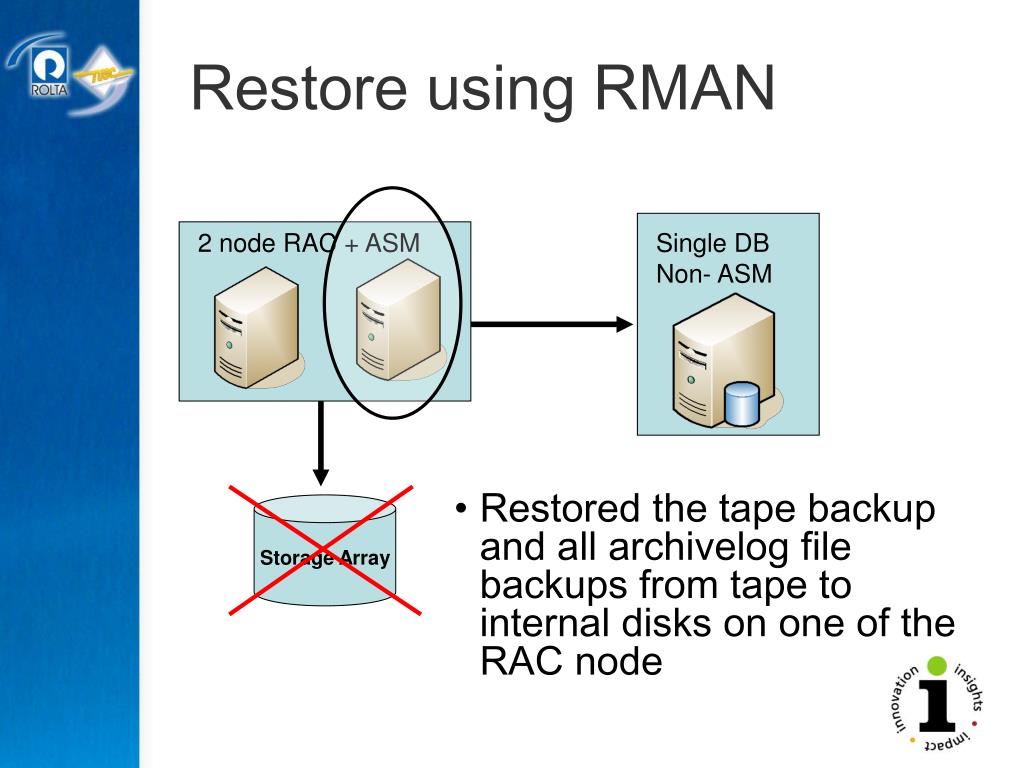


u01/app/oracle/oradata/drop/control01.ctl Output file name=/u01/app/oracle/flash_recovery_area/drop/control02.ctl Output file name=/u01/app/oracle/oradata/drop/control01.ctl Using target database control file instead of recovery catalogĬhannel ORA_DISK_1: SID=134 device type=DISKĬhannel ORA_DISK_1: copied control file copy RMAN> restore controlfile from '+DG_DATA/drop/controlfile/current.275.761683397' All rights reserved.Ĭonnected to target database (not started) '/u01/app/oracle/flash_recovery_area/drop/control02.ctl' Total System Global Area 1119043584 bytesĬontrol_files='/u01/app/oracle/oradata/drop/control01.ctl', Archived Online logs (archivelogs) and BackupSet in FRA.

ORACLE FLASH RECOVERY AREA= /u01/app/oracle/flash_recovery_area/ ORACLE DATAFILES/CONTROLFILE/TEMPFILE = /u01/app/oracle/oradata/drop I ask you if modify the PL/SQL code used in this post, leaving more efficiently, please send it back so I can make available to others by updating this post. We have some others options which is litte bit easier, for example, migrating using OMF (filesystem) and RMAN, this way will be covered on this post. I don’t like to use Oracle Managed File (OMF) for filesystem because I prefer readable names when we use non-ASM filesystem. I’ll use PL/SQL scripts and RMAN commands to accomplish this. In this post I’ll show a way to migrate the database stored in ASM to Filesystem. How Migrate All Files on ASM to Non-ASM (Unix/Linux) Posted: | Author: Levi Pereira | Filed under: 10g R1, 10g R2, 11g R1, 11g R2, ACFS, AIX, ASM - Automatic Storage Management, Database Migration, Linux, Operating System, Unix | 6 Comments


 0 kommentar(er)
0 kommentar(er)
